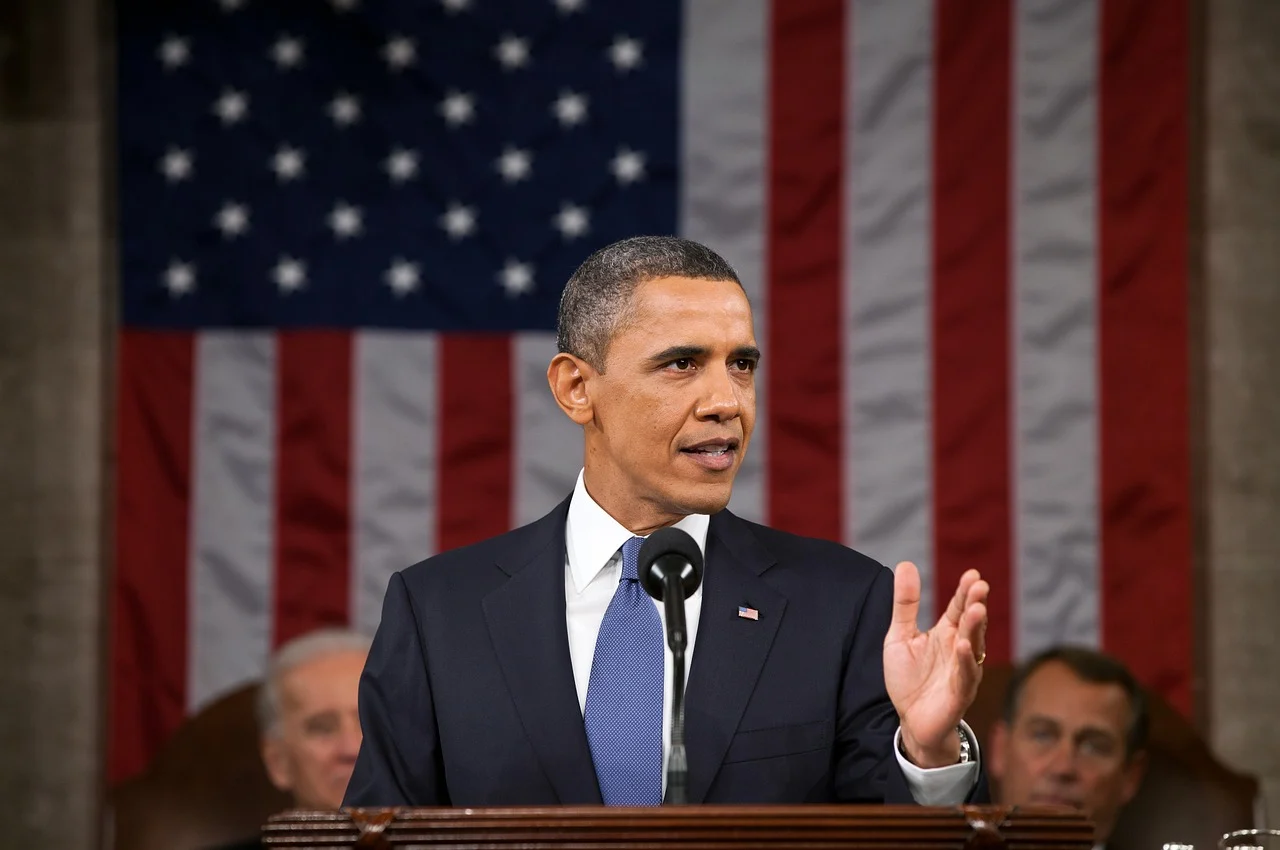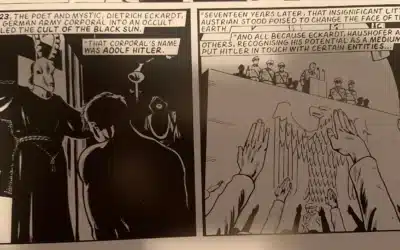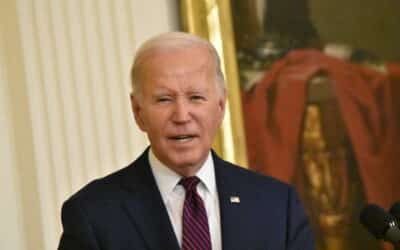The power of language is magical to behold. Through the mere pronouncement of words, people can be persuaded to do what they would never have thought to do, left to their own devices. The playbook with the most success in this regard is that of war. When people are “informed” that they and their families are in mortal danger, they can and often will acquiesce to any and all policies which government authorities claim to be necessary in order to protect them.
Young people can be coaxed into killing complete strangers who never did anything personally to them. Citizens can be brainwashed to believe that suitably labeled persons can and indeed must be denied any and all human rights. When the stakes are claimed to be life and death, even apparently intelligent people can be goaded to accept that the mere possession of a divergent opinion is evil, and the expression of dissent a crime. The use of military weapons to execute obviously innocent, entirely innocuous civilians, including children, suddenly becomes permissible, so long as the victims have been labeled collateral damage. All any of this takes is to identify “the enemy” as evil.
In centuries past, “the laws of war” were said to require the humane treatment of enemy soldiers. They were diagnosed as suffering from “invincible ignorance,” misled and mistaken about the dispute said to necessitate recourse to war, but still acknowledged as persons capable of being courageous combatants who found themselves through historical fortuity on the wrong side. An enemy soldier was to be provided with the opportunity to lay down his weapon and surrender in order to save his own life. Disarmed or incapacitated soldiers were not to be executed by their captors, for they had already been neutralized and posed no more danger than unarmed civilians. Prisoners of war were to be treated as human beings, and when they were tortured or summarily executed, this constituted a war crime. Such “laws of war,” which form the basis of international agreements, including the Geneva Conventions, have needless to say often been flouted, but, in theory, they were to be upheld by civilized people.
After the terrorist attacks of September 11, 2001, political leaders and government officials proclaimed that “everything changed.” The Bush administration legal team deployed linguistic innovation to issue in an entirely new era of warfare, wherein the “laws of war” would still be said to obtain, but they would be inapplicable to entire classes of human beings. Jihadist soldiers for radical Islamist causes were labeled unlawful enemy combatants, whose “unlawful” status was said to imply that they were protected by neither international norms such as the Geneva Conventions nor the laws of civil society.
Under this pretext, terrorist suspects were tortured while held captive at prisons in Guantánamo Bay, Abu Ghraib and Baghram, in addition to many black sites around the world. Ever keen to cover their tracks, the CIA (Central Intelligence Agency) also flatly denied that they ever tortured anyone, by redefining as enhanced interrogation techniques the abusive practices inflicted on hundreds, if not thousands, of men in an effort to extract from them actionable intelligence. And just in case any of this “logic” was called into question by pesky human rights advocates, Bush administration officials also derided the Geneva Conventions as “quaint.”
Imminent vs. Immediate in the Global War on Terror
The “peace candidate” Barack Obama was elected in 2008 on the promise to rein in the excesses of the Bush administration, including what Obama characterized as the “dumb” war on Iraq. The new president publicly denounced “enhanced interrogation techniques” as torture but then proceeded to take linguistic neologism to an entirely new level by not only redefining assassination as targeted killing but also labeling any suspect eliminated through the use of lethal drones as an Enemy Killed in Action (EKIA).
The slaughtered “soldiers” were assumed to be guilty of possible complicity in future possible crimes, a preposterous position never fully grasped by Obama’s devotees, who somehow failed to recognize that the specific implement used to kill does not distinguish various types of homicide from one another, morally speaking. The extrajudicial execution of individual human beings in civil society is illegal, but the Obama administration effectively maintained that the targeting of suspicious persons and their associates in lands far away was perfectly permissible, so long as the victims were killed by missiles launched from drones, thereby rendering them “acts of war.”
The entire drone program, whether within or far from areas of active hostilities (i.e., war zones), was portrayed by Obama and his administration as just another facet of “just war.” Blinded to the moral atrocity of this new lethal-centric approach to dealing with suspected enemies, whereby they would be executed rather than taken prisoner, Obama’s loyal supporters blithely embraced the propaganda according to which he was a smart warrior. After demonstrating his death creds to the satisfaction of hawks, by killing not only Osama bin Laden, but also U.S. citizen Anwar al-Awlaki, suspected of complicity in factional terrorism, Obama was reelected for a second term in 2012, despite having summarily executed thousands of men—mostly brown-skinned, unnamed, and unarmed—located in their own civil societies, far from any U.S. citizen, and in clear violation of the Geneva Conventions.
The deft deployment of two simple words, immediate and imminent, played a key role in allowing Obama to get away with murder, even of U.S. citizens such as Anwar al-Awlaki and his sixteen-year-old son, Abdulrahman al-Awlaki. Guided by drone-killing czar John Brennan, Obama’s lawyers calmly explained in public addresses and official documents that suspects who posed imminent threats to the United States could be targeted by lethal drones because an imminent threat did not imply immediacy. In other words, they could be killed even when they were currently unarmed and living in their own civil society, surrounded by family members and friends, and even when the future crime of which they were vaguely suspected was merely hypothetical and therefore had no specific date.
When targets were “nominated” for execution, the administration operated under the assumption that they were guilty unless specific information was brought forth to demonstrate their innocence. The victims themselves obviously could not do this, initially, because they were not informed that they were being targeted and, later, because they were dead. Meanwhile, local residents and journalists on the ground who knew these people’s names and dared to assert that the victims were not terrorists were either denounced as propagandists or cast as misguided persons hoodwinked by the rhetoric of jihadists.
As the death toll mounted, outspoken critics in the vicinity of the missile strikes became progressively more terrified of being themselves eliminated for seeming to support terrorist groups. Their concerns were not unfounded, for they risked being affixed with the lethal label associate and added to hit lists for execution if they dared to question the drone warriors’ narrative. This oppressive climate needless to say served actively to suppress dissent from the U.S. government’s official story of what they had done, even among locals who witnessed the grisly scenes where entirely innocent community members were incinerated by missiles launched from drones.
Imminent vs. Immediate in the Opioid Crisis
Improbably enough, the very same two words, imminent and immediate, used by the Obama legal team to invert the presumption of innocence to a presumption of guilt in the case of terrorist suspects located abroad, proved to be deadly in an entirely different context during the twenty-first century as well.
The causes of the sudden and shocking increase in the number of narcotics addicts and overdose deaths all over the United States are manifold, but a tidal wave of diversion was made possible by drug-dealer doctors and the notorious “pain clinics” where they plied their trade. Manufacturers produced and pharmacies dispensed billions of pills as demand multiplied in tandem with the creation of more and more new addicts, who could no longer function without narcotics.
Purdue Pharma and the Sackler family are widely regarded as the prime movers of the opioid crisis, having undertaken a highly successful campaign to coax doctors into believing that their patented time-release prescription narcotic Oxycontin was nonaddictive and could be safely provided to patients even for moderate pain. This marketing feat was achieved by influencing key players at the FDA (Food and Drug Administration), who not only approved the medication but permitted it to be sold along with a package insert falsely suggesting that it was less prone to abuse than other narcotics.
In its quest to sell as many pills as possible, the pharmaceutical industry repeatedly pivoted to neologize in lethal ways over the two decades following the launch of Oxycontin in 1996. When it emerged that the pills sometimes wore off before the twelve-hour time release period, marketers and sales representatives claimed that those patients were suffering from breakthrough pain, the remedy for which was (surprise!) to double their dose. The narcotics marketers indulged in flat-out sophistry when they insisted that patients who appeared to be addicted to their painkillers were in fact suffering from pseudoaddiction, the remedy for which was (surprise!) even higher doses of their drugs. As farcical as these arguments may seem in retrospect, with the benefit of hindsight and in the light of the overdose epidemic now running rampant, many doctors appear to have been persuaded to believe that their patients’ miserable condition was not indicative of addiction but a manifestation of their ongoing and unbearable pain, the solution to which was to ply them with yet more powerful narcotics.
Pharma-coopted lawmakers were notified of the proliferating addiction problem early on but refused to stop the runaway train by demanding that the FDA cease playing along with Purdue’s insane pro-narcotics marketing campaign. Other companies needless to say contributed as well, through promulgating the “pain epidemic” propaganda so as to expand the market niche of such products, which had previously been reserved for terminally ill patients. Johnson & Johnson played a causal role in what became the opioid crisis by growing tons of poppies (in Tasmania) to meet the enormous increased industry need for raw opium, without which the billions of pills prescribed could not and would never have been produced.
As the opioid crisis began to become recognized for what it was, the Drug Enforcement Administration (DEA) sought to issue “Immediate Suspension Orders” (ISOs) against the three major drug wholesale distributors to pharmacies, Cardinal Health, McKesson, and Amerisource Bergen. Through issuing such orders, Joe Rannazzisi, the deputy director of the Office of Diversion Control, hoped to halt the ongoing mass shipments of opioids to retailers such as CVS in cases where the sheer volume of prescriptions could not be explained by ordinary medical practice and so was a clear indication that widespread diversion of narcotics was underway.
Rannazzisi ended up being hobbled by a team of corporate lawyers and lobbyists who managed to cobble together a new law in 2014 which, despite its beneficent-sounding name, “The Ensuring Patient Access and Effective Drug Enforcement Act” (HR4709), served to protect, above all, drug manufacturers and distributors. The Act rewrote the law already on the books through redefining the imminent danger required to issue an ISO to mean “a substantial likelihood of an immediate threat.” One of the new Act’s enthusiastic promoters, Linden Barber (a former DEA officer and lawyer who had left his government position to represent the drug distributors), persuasively explained on the floor of Congress that “having a clear legal standard is always better.” The measure passed unanimously, without a roll call vote, for the simple reason that it sounded like a policy to which no decent person could object. But rather than stemming the tide of the opioid crisis, the Act severely hampered the DEA’s ability to issue ISOs, for it was prohibitively difficult for officials to meet the newly stipulated legal standard of imminence as requiring immediacy.
President Obama signed the Ensuring Patient Access and Effective Drug Enforcement Act of 2014 into law, and the marketing campaign used to promote the use of highly addictive time-release narcotics barreled ahead. The DEA’s sudden inability to call a halt to the shipment of tons of narcotics to retailers effectively guaranteed that the number of dependent persons would multiply, as potent prescription pills continued to be diverted for recreational uses and thereby create more addicts. But more addicts meant more overdoses, not only from the potent pills themselves, but also because the street supplies of heroin to which many users eventually turned were often cut with extremely dangerous fentanyl.
Unfazed by the death tolls, which had already soared to many thousands by 2014, the pharmaceutical giants insisted that the sorry situation of addicts was no argument against helping patients genuinely in pain, who would in fact be wronged if their access to narcotics were curbed. The addicts dropping like flies were painted as solely responsible for their plight, despite ample evidence that many of the overdose victims began as legitimate pain patients, who became aware of their dependency only upon reaching the bottom of their amber vials.
The Role of Obamacare in Propelling and Augmenting the Opioid Crisis
“Everything changed” in the twenty-first century, not only with the war on terror, the rebranding of torture, and the normalization of assassination, but also in the pharma-friendly approach to healthcare ushered in by President Barack Obama. By pushing through his signature legislation, the Affordable Care Act (ACA) of 2010, which leftists were led to believe would create a system of socialized medicine (referred to by many as Obamacare), the president notoriously bowed to drug makers and the insurance industry, extending to those sectors the very form of crony corporate welfare already enjoyed by companies in the military industry.
Obama’s collaboration with pharmaceutical and insurance company executives in crafting the ACA allowed them to secure advantageous pricing arrangements to ensure the maximization of their profits, while at the same time massively increasing the sheer volume of sales. The pharmaceutical industry was greatly enriched through the provision of virtually limitless free psychiatric medications to low-income patients through government programs such as Medicaid and Medicare, and to veterans through the VA (Veterans Administration). Mental health-based disability claims soared, and the sales of SSRIs (selective serotonin reuptake inhibitors), anti-anxiety, atypical anti-psychotic medications and other psychotropes, including narcotics, increased accordingly. The millions of new prescription medications dispensed to formerly uninsured Americans ended up being paid for by the middle class, who were mandated by law to sign up for Obamacare or else face a hefty tax penalty, should they decline to comply.
Despite what may have been Obama’s initial good intention, to make healthcare available to uninsured persons, Obamacare ultimately made medical treatment in the United States prohibitively expensive for many middle class families, whose copays, premiums and deductibles increased dramatically. The new mandatory healthcare program skyrocketed the salaries of health industry executives while pricing drugs and procedures out of reach for many persons who had previously been able to afford them. Millions of people in the United States have filed medical bankruptcy in recent years. In cases where prescription narcotics addicts became uninsured because they lost their jobs, they turned to the streets for their needed drugs, given the impossibility of paying out of pocket for extraordinarily expensive prescription pills.
Given the story of Obamacare, perhaps no one should be surprised that when the Obama administration finally took action to address the opioid epidemic, most of the allocated $1.1 billion was for the alternative medication of already existing addicts. The pharma-friendly approach prevailed once again, encouraging the sale of more and more drugs (such as Suboxone) to help addicts to wean themselves off their narcotics. Obama’s dilatory and pro-pill approach to the opioid crisis ultimately generated even more people who, in order to kick their narcotics habit, would need to avail themselves of further pharmaceutical means, effectively trading one drug for another. In other words, both the problem of opioid overprescription, facilitated through Obamacare by providing easy access to narcotics to formerly uninsured persons, and the measures implemented by the Obama administration in response to the overdose epidemic, served to increase pharmaceutical industry profits.
The Death Connection
Whether or not one wishes to connect any further dots in the cases of drone assassination and the opioid epidemic, it does seem worth pointing out that Obama’s own attorney general, Eric Holder (2009-2015), was a former legal counselor to Purdue Pharma, who in fact defended the company in a 2004 lawsuit alleging deceptive marketing of Oxycontin. This is noteworthy because it was none other than Eric Holder who, in an infamous White Paper and various public addresses, so adamantly defended the creative interpretation of imminence as not implying immediacy, the crucial linguistic maneuver used to defend and promote Obama’s drone killing spree.
The normalization of assassination achieved by the Obama administration expanded the domain of what was said to be legitimate state killing by inverting the burden of proof on suspects while simultaneously claiming (illogically enough) that “areas outside active hostilities” were in fact war zones. Together, all of these linguistic tricks generated a veritable killing machine, opening up vast new market niches and dramatically increasing the profit potential for companies in the shockingly lucrative business of state-inflicted homicide. Not only weapons manufacturers but also logistics and analytics companies were able to reap hefty profits through eliminating as many people pegged as “terrorist suspects” as possible.
The imminent vs. immediate dichotomy was inverted and redeployed, but in the opposite direction, by pharmaceutical company legal teams and collaborating lawmakers in 2014 to permit the promiscuous sale of narcotics to continue on despite the opioid overdose epidemic on display throughout the United States. The Ensuring Patient Access and Effective Drug Enforcement Act of 2014 ironically “ensured” only profits for drug companies, as millions of new addicts would be created during the second decade of the twenty-first century, accelerating and multiplying the domino effect of diversion and overdoses already ravaging communities all across the United States. It matters not that pharmaceutical company executives sought not to kill people but to sell pills. They aggressively pushed narcotics without regard for the likely future consequences of their drive for profit. Indeed, they persisted in pushing narcotics even as drug overdose deaths reached record levels.
Under Obama, more than two thousand suspects outside areas of active hostilities were premeditatedly and intentionally incinerated by missiles launched from drones. The tally of overdose deaths in the United States exceeded 100K for the single year ending in April 2021. The long-range effects of the normalization of assassination, however, are likely to be more deadly than the opioid crisis, given that many other governments have followed suit in acquiring lethal drones for their own use, having been persuaded by the precedent set by the U.S. government that this form of state-inflicted homicide is perfectly permissible. In contrast, the promiscuous opioid prescription practices of doctors in the United States has been curtailed and was not emulated in the UK or in Europe, although the pharmaceutical giants do appear to have continued their morally dubious marketing practices in other countries abroad, especially in less-developed lands.
As both the drone program and the opioid prescription debacle illustrate, when government agencies such as the Pentagon and the FDA have been captured by industry forces focused above all on maximizing profits, they will simply look the other way as the corpses pile up, denying responsibility for any and all “collateral damage.” This tendency of bureaucrats and corporate leaders to shirk responsibility for the negative consequences of their policies helps to explain the ease with which lawmakers are coopted by lobbyists from not only the military but also the pharmaceutical industry. The recent deployment of imminent and immediate by lethal legal “experts” serves to underscore why the censorship of language by government officials themselves is inherently dangerous, given that their policies in recent years have multiplied, not prevented, the deaths of human beings.
In a representative democracy, the lawmakers promote the interests of the voters who elected them. What kind of government sacrifices the lives of human beings in order to maximize the profits of corporate leaders?












